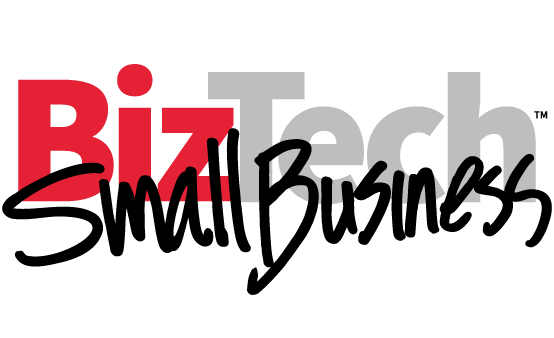The Need for Speed: Why Every Second Counts in Productivity
Technology has accelerated our lives and entire industries. Think about how long it used to take to send messages to people before email.
You had to handwrite (or type) a letter, get an envelope, stick it in the mailbox, wait for the postman to pick it up and allow a day or two for it to arrive at your intended destination. Then you had to wait for that person to repeat the process on their end for a response.
Today, many take for granted the instantaneous communication made available to us by instant messaging and email. In part, we don’t notice because it’s what users expect of technology. Fast is never fast enough.
Smartphone technology has revolutionized photography and turned everyone into a semi-pro photographer. But users are already starting to grumble about how long it takes to snap a picture with a mobile device.
Robert Scoble, a Rackspace evangelist and prominent technology blogger, has become a cheerleader of Google’s wearable technology product Google Glass. One of the biggest benefits in his eyes? The reduction in time to take a picture.
“I counted how many seconds it takes to get my smartphone out of my pocket, open it up, find the camera app, wait for it to load, and then take a photo. Six to 12 seconds. With Google Glass? Less than one second. Every time,” Scoble wrote on his Google Plus page.
What’s a few seconds, you say? It can mean everything when it comes to workplace productivity and businesses capturing customers and revenue.
Counting Down the Seconds
A recent article in The New York Times reported on Google’s search engine optimization found that users who are forced to wait 400 milliseconds will abandon ship. “Subconsciously, you don’t like to wait. Every millisecond matters,” said Google engineer Arvind Jain.
In the financial services industry, time is even more of the essence as latency or downtime can cost firms and traders real dollars and cents.
“We deal in micros and nanos, millionths and billionths of a second,” said Sonny Baillargeon, chief technology officer for Pico Quantitative Trading in a recent CDW case study.
At both the user and organization level, the push to accomplish more tasks faster comes from a multitude of pressures. Some studies say we work a lot more now than we used to. Other surveys say we’re crazy about multitasking, so people are always searching for new ways to squeeze in another task while they’re working on something else.
Technology fuels the quest to supercharge our work and personal lives in our on-demand, 24-hour information cycle. While many of us learned from Aesop’s fable “The Tortoise and the Hare” that “slow and steady wins the race,” that doesn’t seem to hold true in IT.
Modern-day tortoises, such as In Praise of Slowness author Carl Honoré, are urging all of us hasty hares to slow down just a little bit.
“Today we are addicted to speed, to cramming more and more into every minute. Every moment of the day feels like a race against the clock, a dash to a finish line that we never seem to reach,” he writes on his site.
But the benefits of pushing the limits of speedy productivity may be simply too great to stop pursuing. Technology might be one race where the hare wins the day after all.








